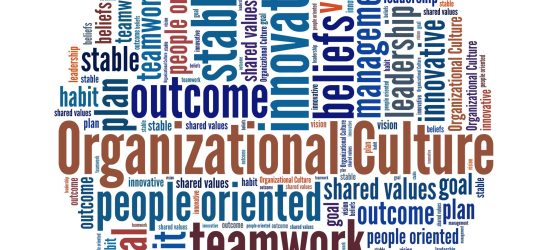Visioning – Future of Your Workplace
A common discussion that I continue to witness and be a part of is around when companies plan to “return to the workplace” and “what will it look like?” This is certainly on the minds of Executive teams and Human Resources professionals.
What will the future of the workplace look like as more and more people are vaccinated against Covid-19 and we move beyond our current pandemic? As you can imagine, there is no right answer. And, what might work for one industry, may not be right for others.
How Might You Best Decide?
I have learned that some companies have conducted regular pulse surveys to get feedback from their employees on what they might feel most comfortable with. I know of companies that have had their employees select whether they want to be full-time remote, hybrid – and define what hybrid looks like to them, or full-time back in the office. And, once they select their preference, they are being held to it. I have heard of Executive Teams having discourse over what’s best for their company and often are separated by more conservative, “old school” views, vs. newer, more liberal views.
Regardless of how your company is making the decision of where your employees will ultimately work, if there will be a big shift from what used to be pre-pandemic, to what it will be in the future, it’s likely that doing a visioning exercise, helping you to identify how to best work effectively and productively will be an worthwhile process. And now that the calendar has turned to spring, what a great time to start doing this! Spring renewal.
What is a Visioning Exercise and How Can this Make an Impact?
Visioning Exercises are used in many different planning processes. I’ve personally used visioning exercises in:
- Strategic planning to help get clear on big-picture goals.
- Partnering with my client in a one-on-one coaching engagement.
- Helping teams to create their vision, goals and culture.
- Working with a start-up non-profit to help them get clear on their mission, vision, values and broader goals.
- And more…
Clarity, Collaboration, Commitment, Communication
The purpose, especially when working with a team or organization, is to help them not only gain clarity on their direction to be used as a guide moving forward, but to also ensure alignment among the members of the team or organization.
Using a visioning exercise in preparation to “return to the workplace” can also help with bringing colleagues together – even if virtually, to work collaboratively. It’s an opportunity to start to build excitement, and even hope – which we know now is so needed by many. And an opportunity to see new ways of doing things – resulting in creative and innovative idea generation. By including all members, for example if conducting a team visioning exercise, it’s a great opportunity to gain commitment as all team members are part of the solution.
If this is for the organization as a whole, it will likely not be possible to include everyone. As such, communicating the vision out to the rest of the organization is key and critical. And, being clear on how and why this version was achieved, and how it is best for the business and all involved – aligning with the organizations purpose and how each of them fit into that, will be essential.
How Can the Past Inform the Future?
This is a fun and exciting opportunity to find new ways to work, and improve upon what was! What can you learn from the past that didn’t work as well, and how can you do it differently moving forward? What are some of the improvements that came from pivoting to fully remote work and how can those be maintained in the future of your workplace? This is an opportunity to lean into successes, and continue to try new things.
Are you ready to start preparing for your “return to the workplace” for your team or your organization? It’s not too soon. If you’re considering partnering with an external facilitator to help with this process, let’s connect.
“Clarity of vision is the key to achieving your objectives.” – Tom Steyer






